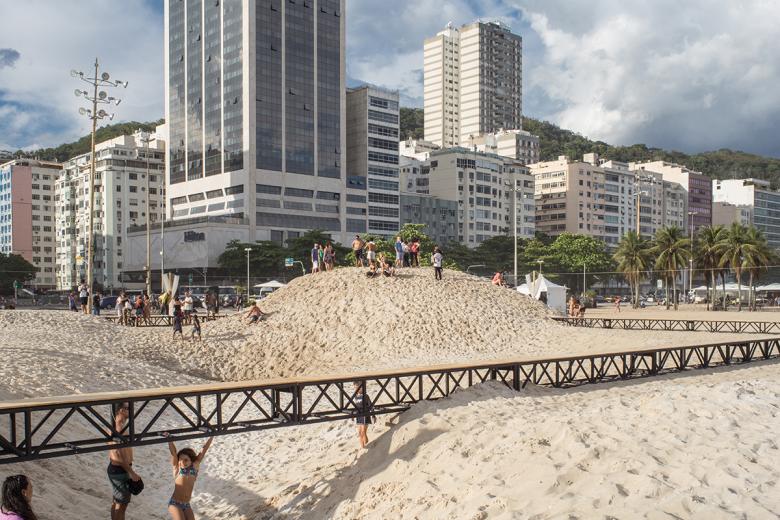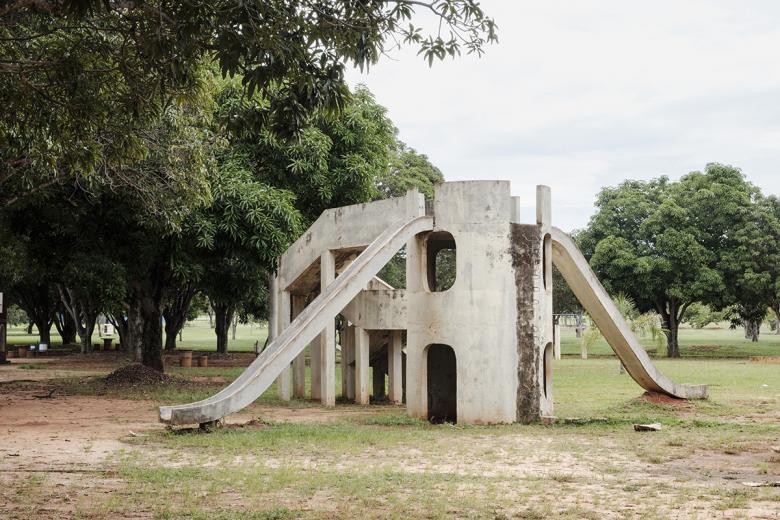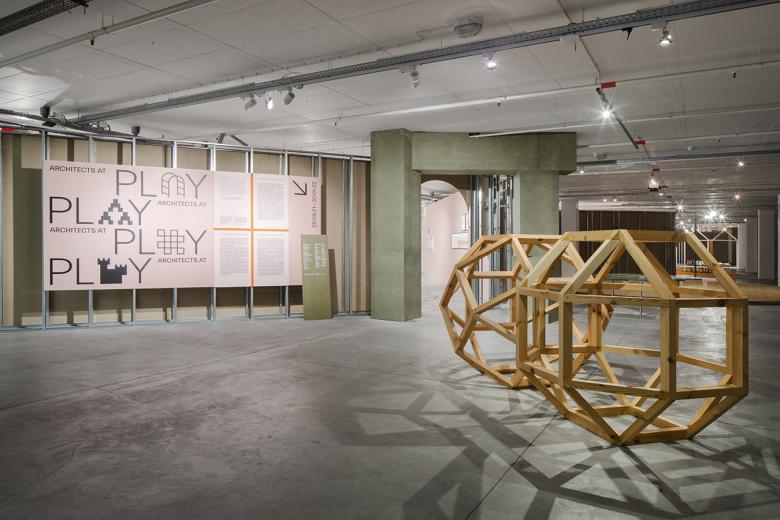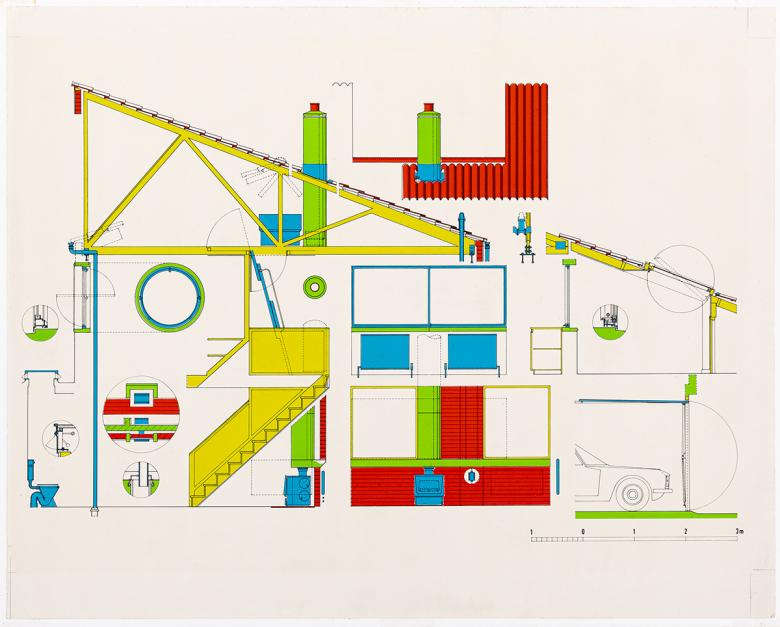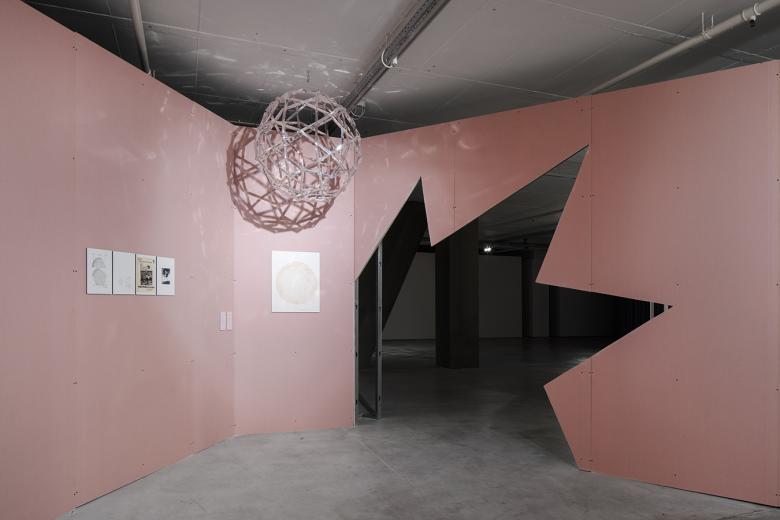A World of Play
Architects At Play is now on display at Garagem Sul / Centro Cultural de Belém in Lisbon. Centered on the idea of "creating worlds," Architects At Play is the Portuguese iteration of the exhibition of the same name that originated at CIVA in Brussels two years ago.
At Play, as it's called in short, follows At Home: Projects for Contemporary Housing that was in the Garagem Sul space from April to September of this year. (Will At Work be next?) Like At Play, At Home originated at another institution (MAXXI) but was adapted and amended with additional projects and artifacts that related to the venue in Portugal. At Play presents works from the collection of CIVA alongside materials from Drawing Matter in Somerset and Fundação Marques da Silva in Porto, alongside private collections.
What exactly is meant by the phrase "at play," or "architects at play"? According to Garagem Sul's press literature, the exhibition delves into "play and the imagination, built experiments, and mythological narratives" and "attempts to bring together two characters: the architect and the child." Combined with Pierre Antoine's photograph of a playground in Brazil — above, what serves as the main image for the At Play exhibition — it's easy to jump to the conclusion that the show collects projects designed by architects for children. But it is more than that.
At Play is organized into four sections that were carried over from the CIVA exhibition: Labyrinth, Construction, Theatre, and Strategy. Various projects are displayed within those thematic sections, though other works are also presented independently, free of any context, in order to place visitors "in a situation of discovery and wonder." Gru.a's striking temporary installation, "A praia e o tempo" (The Beach and Time; photo at top) in Rio in 2018, takes the archetypal sandbox to an extreme and finds the architect being playful in their efforts to create a setting for children; it jumps to the exhibition as a literal sandbox that young visitors can play in. Other works, such as James Gowan's design for a house in Essex, shows the architect "playing" with the elements of architecture. So in addition to playgrounds and the like, the exhibition embraces projects that see architects acting childlike, even on commissions not necessarily geared to children.
The playfulness of the architects on display extends to the Garagem Sul exhibition itself, which was designed by Ivo Poças Martins. Framed walls zig and zag through the space, a former parking garage, in some cases directly engaging with the tightly spaced concrete columns. Pink wall surfaces predominate in the four thematic galleries formed by the zigging and zagging, while the converse sides — facing the sandbox, for instance, and the model "huts" (below) that recall the "Ghost Structures" of Venturi and Scott Brown at Franklin Court in Philadelphia — are left as exposed metal studs. Finally, selective cutouts, like the starburst at bottom, accentuate the playfulness that the exhibition embraces and promotes.
